Best Computer Speakers For Music Production
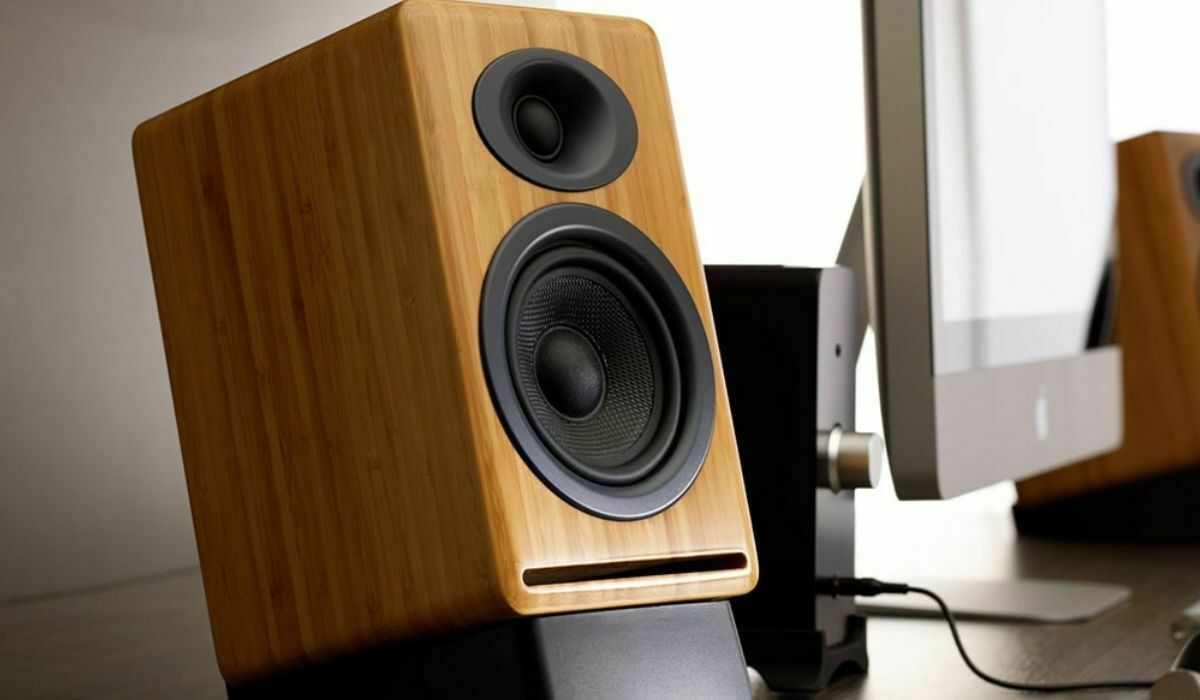
For value-conscious music producers, crystal-clear audio isn't a luxury, it's a necessity. Your mixes need to translate flawlessly across different playback systems, and that starts with accurate monitoring. We'll help you navigate the confusing world of studio monitors to find the best speakers that deliver professional sound without breaking the bank.
Why Quality Speakers Matter for Music Production
Accurate monitoring is the cornerstone of good mixing. Cheap or inaccurate speakers can mask problems in your mix, leading to muddy low-end, harsh highs, or an unbalanced stereo image.
Investing in quality speakers allows you to hear your music truthfully, enabling you to make informed decisions about EQ, compression, and panning. Ultimately, better speakers lead to better mixes, and better mixes lead to better music.
Shortlist of Recommended Speakers
Here's a quick look at some top contenders, catering to different budgets and needs:
- Best Overall (Budget): PreSonus Eris E5
- Best for Small Spaces: iLoud Micro Monitors
- Best for Bass Response: KRK Rokit 5 G4
- Best Upgrade Pick: Yamaha HS7
Detailed Reviews
PreSonus Eris E5
The PreSonus Eris E5 is a fantastic entry-level monitor known for its balanced frequency response and impressive clarity for the price. Its Kevlar woofer provides tight and punchy bass, while the silk-dome tweeter delivers smooth and detailed highs.
These monitors also offer acoustic tuning controls, allowing you to tailor the sound to your room's specific characteristics. The Eris E5 is a reliable and versatile choice for beginners and experienced producers alike.
iLoud Micro Monitors
Don't let their size fool you – the iLoud Micro Monitors pack a serious punch. These ultra-compact speakers deliver surprisingly accurate sound with a clear and defined stereo image.
They're perfect for small home studios, travel setups, or anyone who values portability without compromising audio quality. While the bass response is limited due to their size, they offer impressive clarity and detail in the mid and high frequencies.
KRK Rokit 5 G4
The KRK Rokit 5 G4 is a popular choice for electronic music producers and anyone who wants a bit more low-end in their mixes. These monitors feature a redesigned woofer and tweeter that offer improved clarity and accuracy compared to previous generations.
They also include a built-in LCD visual EQ, making it easy to fine-tune the sound to your liking. The Rokit 5 G4 is a solid all-around performer that delivers a punchy and engaging listening experience.
Yamaha HS7
Stepping up a notch, the Yamaha HS7 offers a significant improvement in clarity, accuracy, and overall sound quality. These monitors are known for their flat frequency response, making them ideal for critical listening and mixing decisions.
The HS7 delivers a more balanced and detailed soundstage than the entry-level options. While they may be slightly more expensive, the improved accuracy and detail make them a worthwhile investment for serious music producers.
Side-by-Side Specs and Performance
| Speaker | Woofer Size | Frequency Response | Power (Watts) | Acoustic Tuning | Price (Pair, Approx.) | Clarity Score (1-10) | Bass Response (1-10) |
|---|---|---|---|---|---|---|---|
| PreSonus Eris E5 | 5.25" | 53 Hz - 22 kHz | 80 | Yes | $200 | 7 | 6 |
| iLoud Micro Monitors | 3" | 55 Hz - 20 kHz | 50 | No | $300 | 8 | 4 |
| KRK Rokit 5 G4 | 5" | 43 Hz - 40 kHz | 55 | Yes (LCD EQ) | $200 | 7 | 7 |
| Yamaha HS7 | 6.5" | 43 Hz - 30 kHz | 95 | Yes | $400 | 9 | 8 |
Practical Considerations
Consider the size of your room. Larger rooms generally require larger monitors with more power. For smaller spaces, nearfield monitors are ideal, as they're designed to be listened to up close.
Acoustic treatment can significantly improve the accuracy of your monitors. Bass traps and acoustic panels can help to reduce unwanted reflections and standing waves.
Experiment with speaker placement to find the sweet spot in your room. Following the 38% rule is a good starting point; this states that you should position your monitors and listening position so that each forms an equilateral triangle, with each side occupying 38% of the total length of the room.
Summary and Conclusion
Choosing the right studio monitors is a critical step in achieving professional-sounding mixes. Consider your budget, room size, and desired frequency response when making your decision.
The PreSonus Eris E5 offers excellent value, while the iLoud Micro Monitors are perfect for portability. If you're looking for more bass, the KRK Rokit 5 G4 is a solid choice, and the Yamaha HS7 is a worthwhile upgrade for serious producers.
Remember to factor in acoustic treatment and proper speaker placement for optimal results. By carefully considering these factors, you can find the perfect monitors to help you create your best music.
Take Action
Ready to upgrade your studio sound? Click the links above to check prices and read more detailed reviews. Invest in your ears, and your music will thank you!
Frequently Asked Questions (FAQ)
What is the difference between studio monitors and regular speakers?
Studio monitors are designed to provide a flat and accurate frequency response, allowing you to hear your music truthfully. Regular speakers often color the sound, emphasizing certain frequencies to make music sound more pleasing to the ear.
Do I need a subwoofer for music production?
A subwoofer can be helpful for mixing bass-heavy genres like electronic music, but it's not always necessary. If your monitors have a good low-end response, you may be able to get by without one.
How important is acoustic treatment?
Acoustic treatment is very important for accurate monitoring. Without it, your room can introduce unwanted reflections and standing waves that can distort the sound of your speakers.
What does "nearfield monitor" mean?
Nearfield monitors are designed to be listened to up close, typically within a few feet. This helps to minimize the effects of room acoustics and provide a more accurate listening experience.
How do I connect my monitors to my audio interface?
Most studio monitors connect to your audio interface using balanced cables, such as TRS or XLR. This helps to reduce noise and interference.
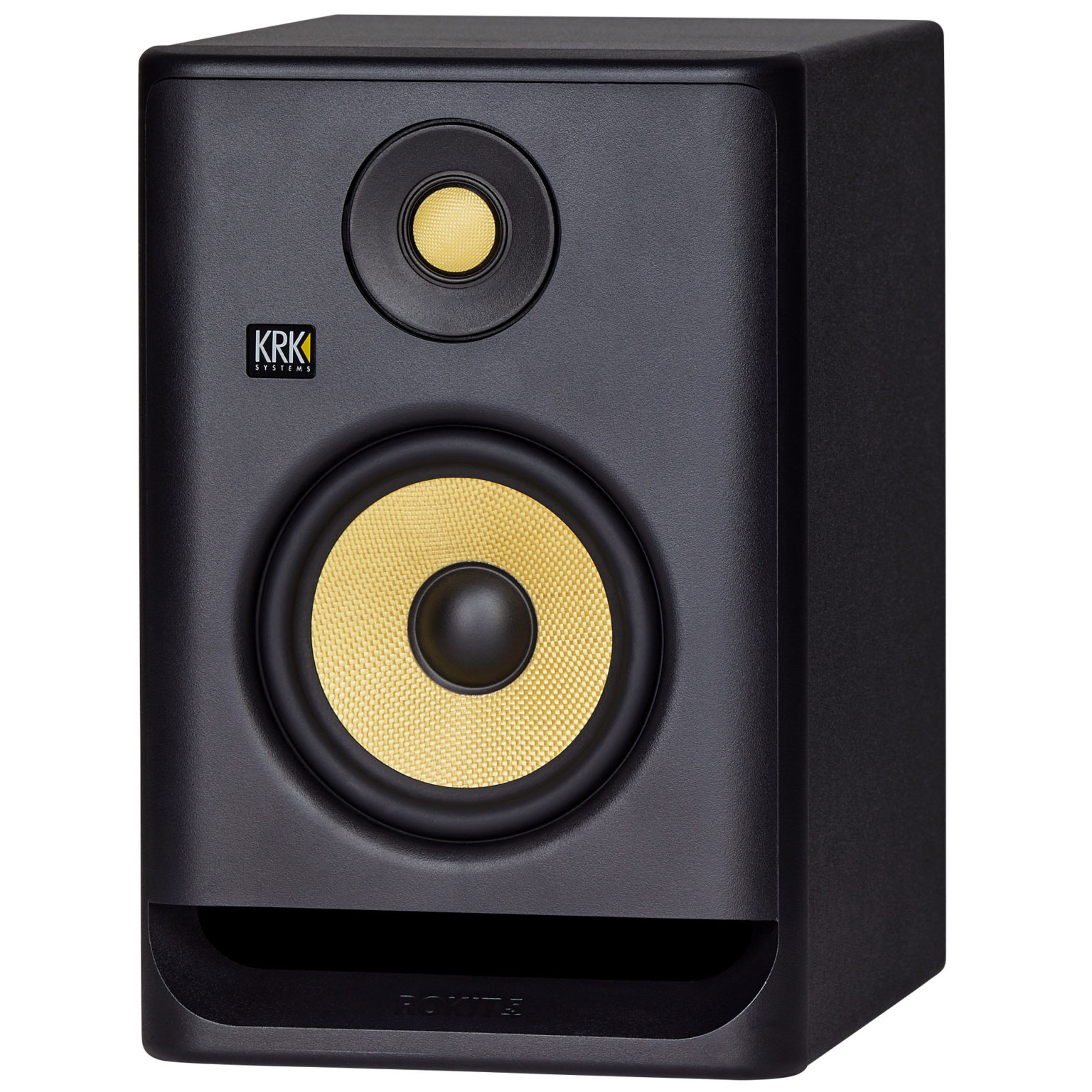
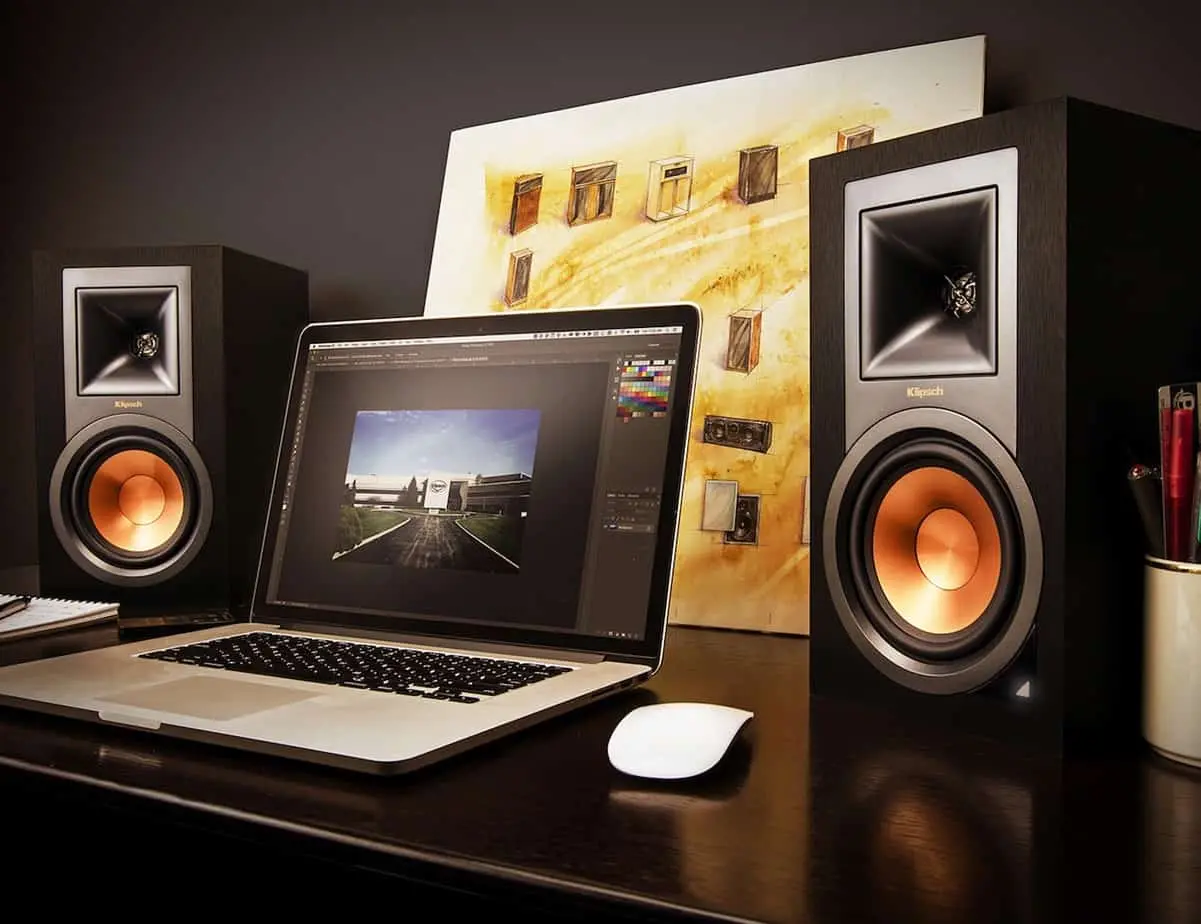


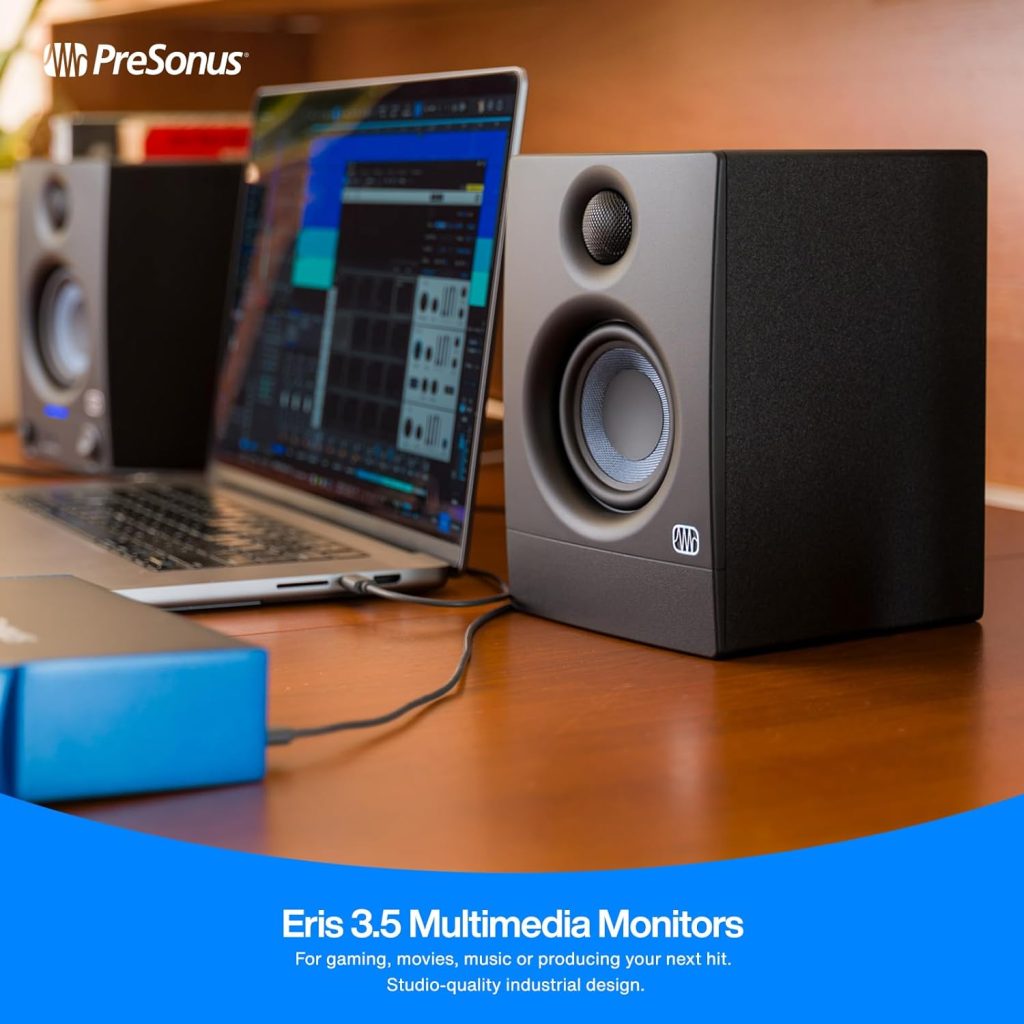


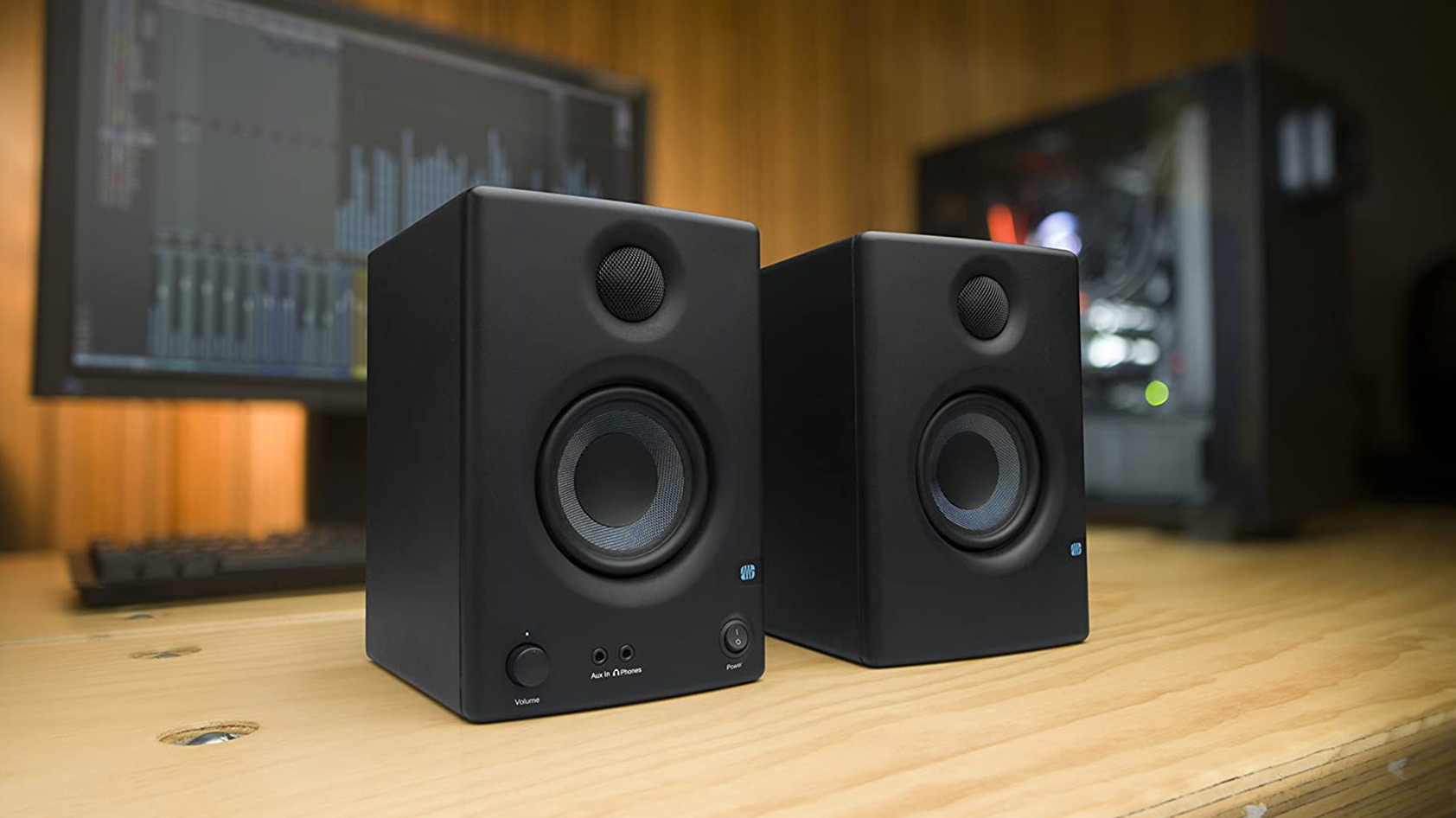



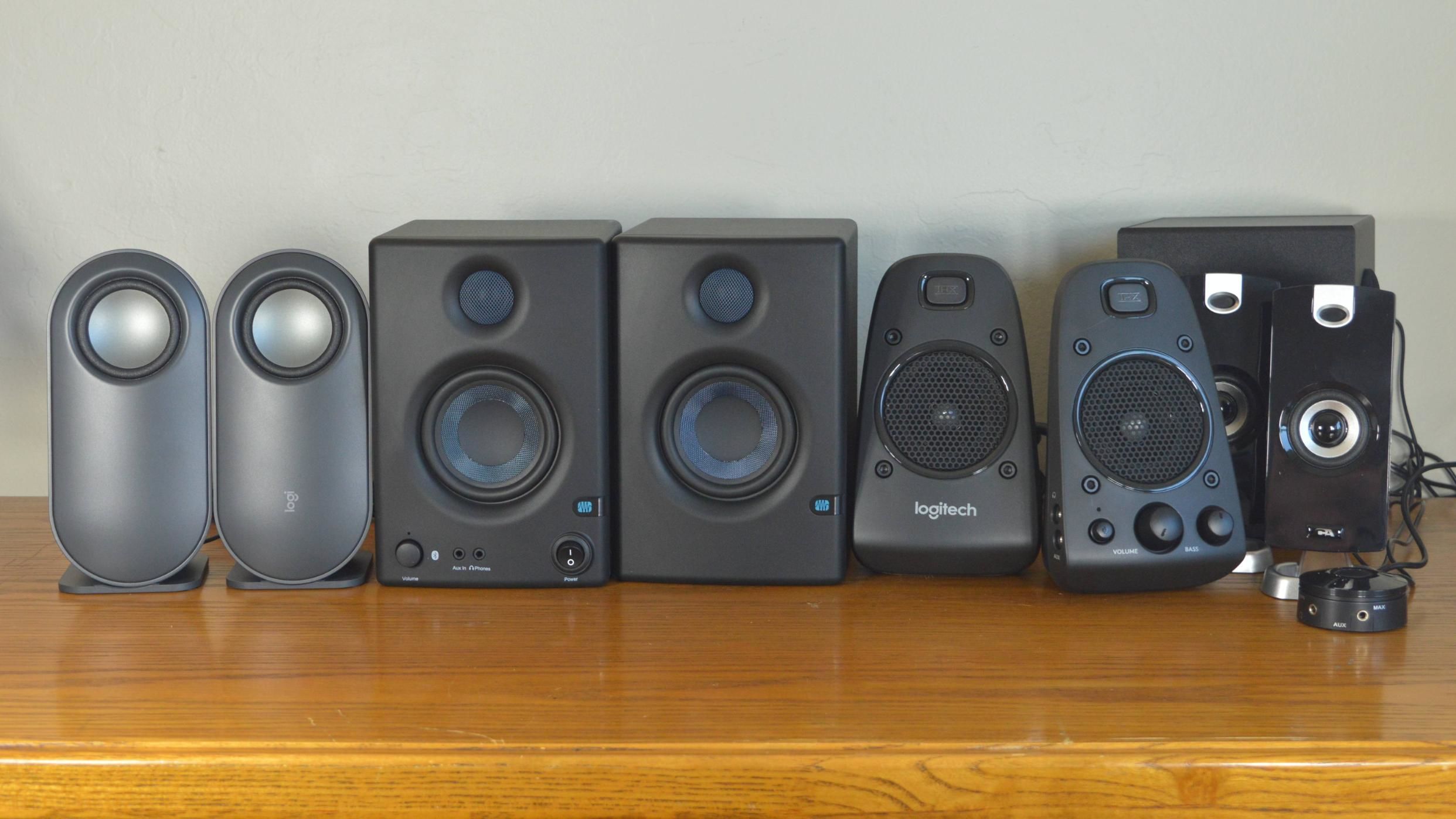

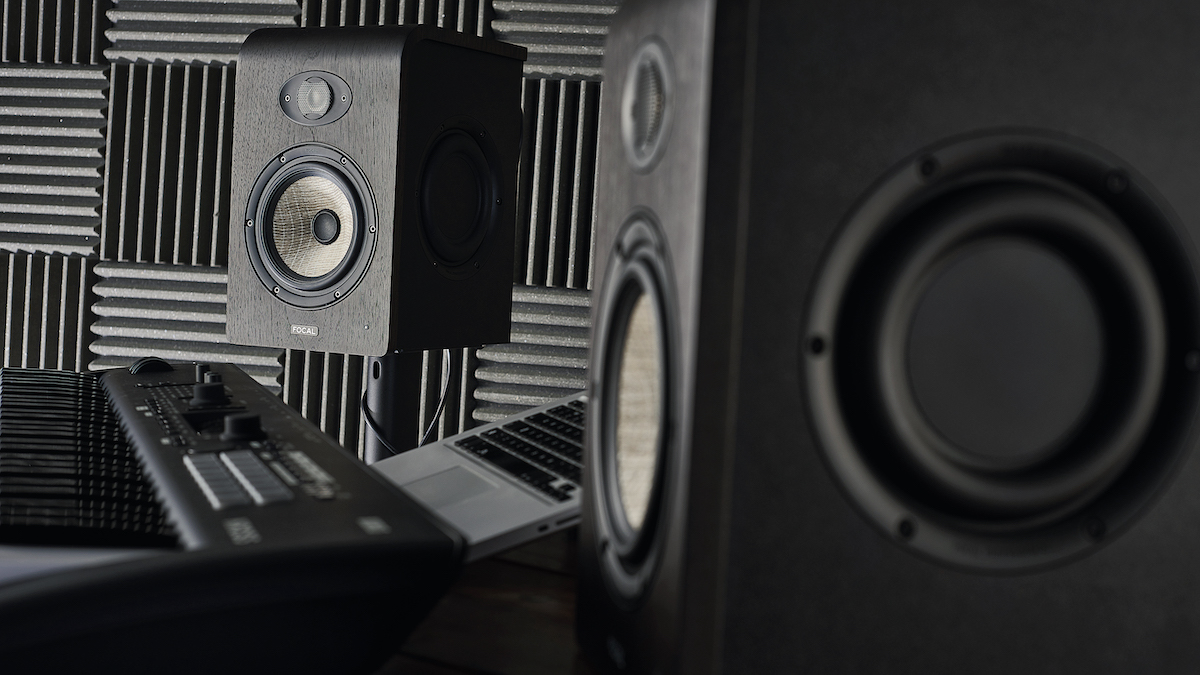



![Best Computer Speakers For Music Production 10 Best Computer Speakers Under $100 Reviewed in Detail [May 2025]](https://primesound.org/wp-content/uploads/2020/04/Best-Computer-Speakers-Under-100-FI-1.jpg)
